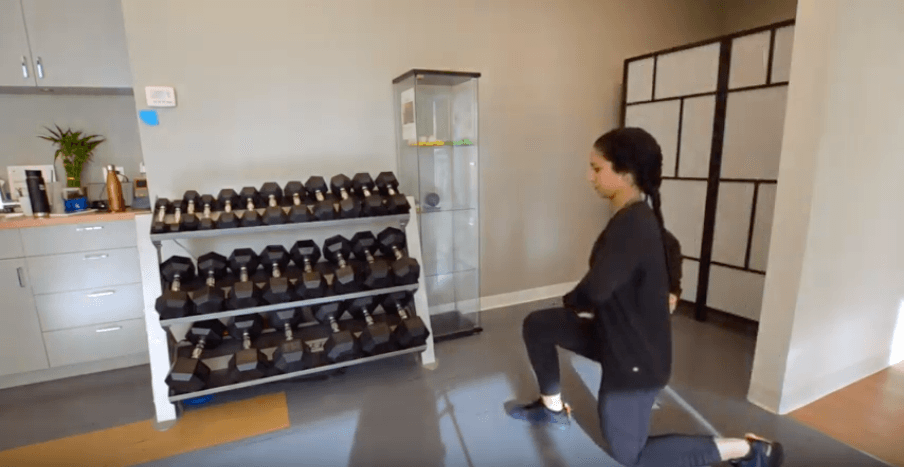
Similar Posts
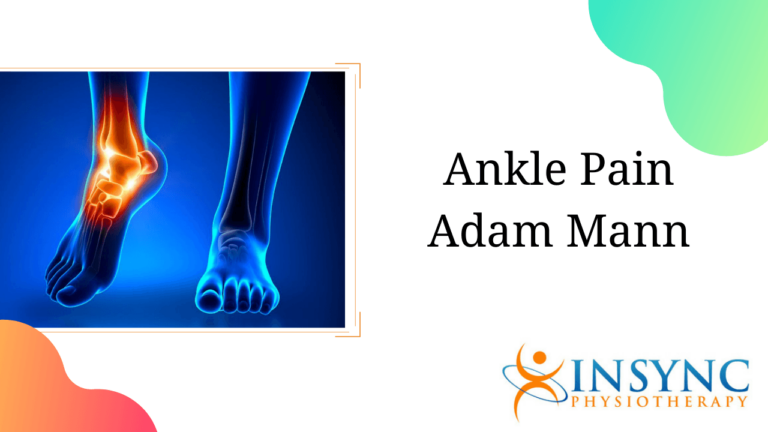
Ankle Sprain Treatment and Recovery
Mark: Hi, it’s Mark from Top Local. I’m here with Adam Mann of Insync Physio in Vancouver, and we’re talking physiotherapy, how are you doing today? Adam: Hey, Mark. Good to see you. I’m doing quite well. Mark: So you’re going to tell me about an ankle injury today. What was going on with this…
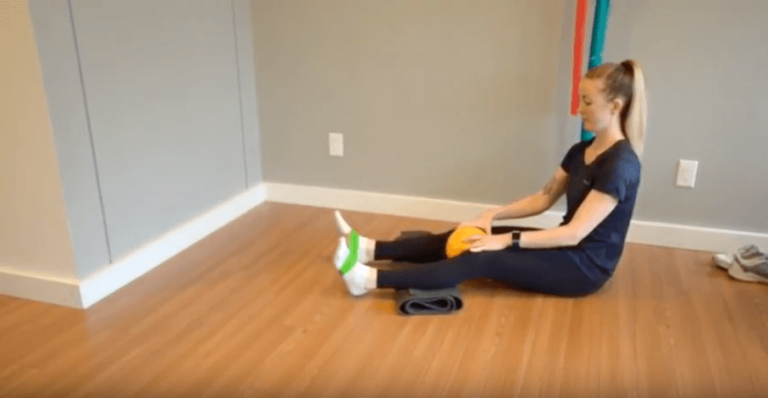
Ankle Sprain: Strengthening Stabilizer Muscles
It’s generally good to get your ankle moving after you’ve sprained it. How much time you wait depends on whether how bad you sprained it with the amount of swelling you have, whether you can weight bear on it or if there’s a fracture involved . If you’re unsure, consult your local Physiotherapist before doing…
New Safety Protocols for COVID-19
Before Arriving for Your Appointment Did you complete the Covid-19 Symptom screening questionnaire? Did you bring a clean mask? Did you bring your own appropriate clothing for what you will be treated for? Did you leave unnecessary personal items (bags, jackets etc.) at home? Did you leave other household / family members at home? Upon…
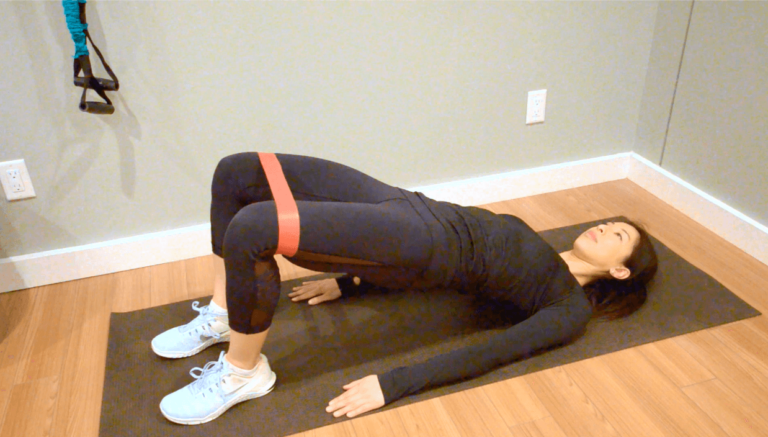
Knee Ligament Injuries: Looped Band Bridges
This exercise helps to strengthen and rehab the knee when you have a sprained ligament that is causing weakness and a decrease in use and function. Wrap a looped resistance band around your thighs just above your knees. Engage the core muscles below the belly button by pulling them inwards while you keep breathing. Ensure…
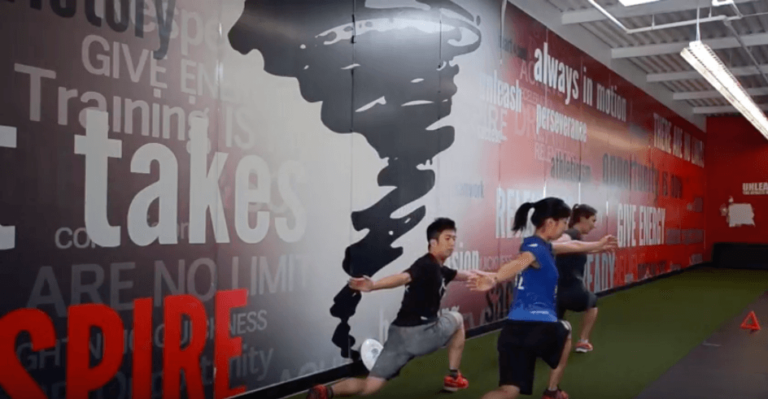
Ultimate Frisbee Dynamic Warm Up: How To Prevent Injuries & Perform Better!
Hey, I’m Claire McDonald, I’m from INSYNC PHYSIO. We’re here today to shoot a dynamic warm up for Ultimate Frisbee. We’re doing this because it’s going to help loosen up our muscles, get our muscles activated before we play. It’s also going to help prevent injuries as well. This should take about 10 to 15…
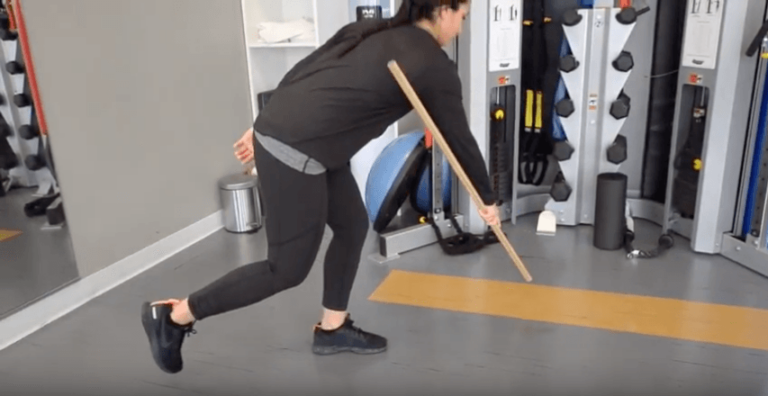
Ankle Sprain: Squat Clock Reaches
Start with nice tall posture and engage your core muscles below the belly button by drawing the lower ab muscles inward toward the spine. Then, stand on one leg and hold a stick with the butt end about 2 and a half feet away. Bend down through the hips to touch the stick to the…
